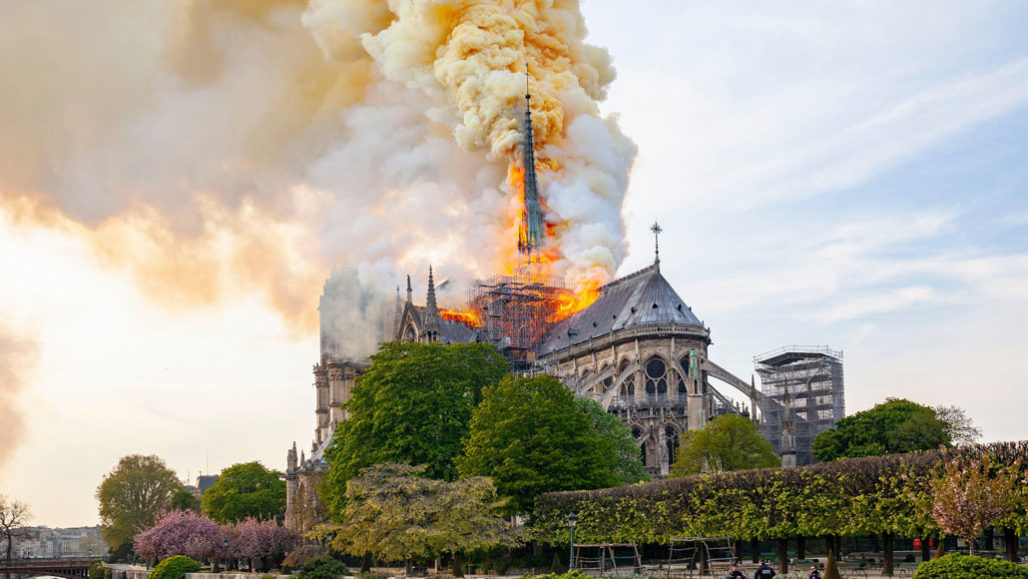Questions for ‘Giving Notre Dame back her unique voice’

An April 2019 fire destroyed most of the interior of Notre Dame in Paris, France. Now scientists are working to figure out how rebuilders might bring back the iconic cathedral — and the church’s famed sound.
Hemis/Alamy Stock Photo